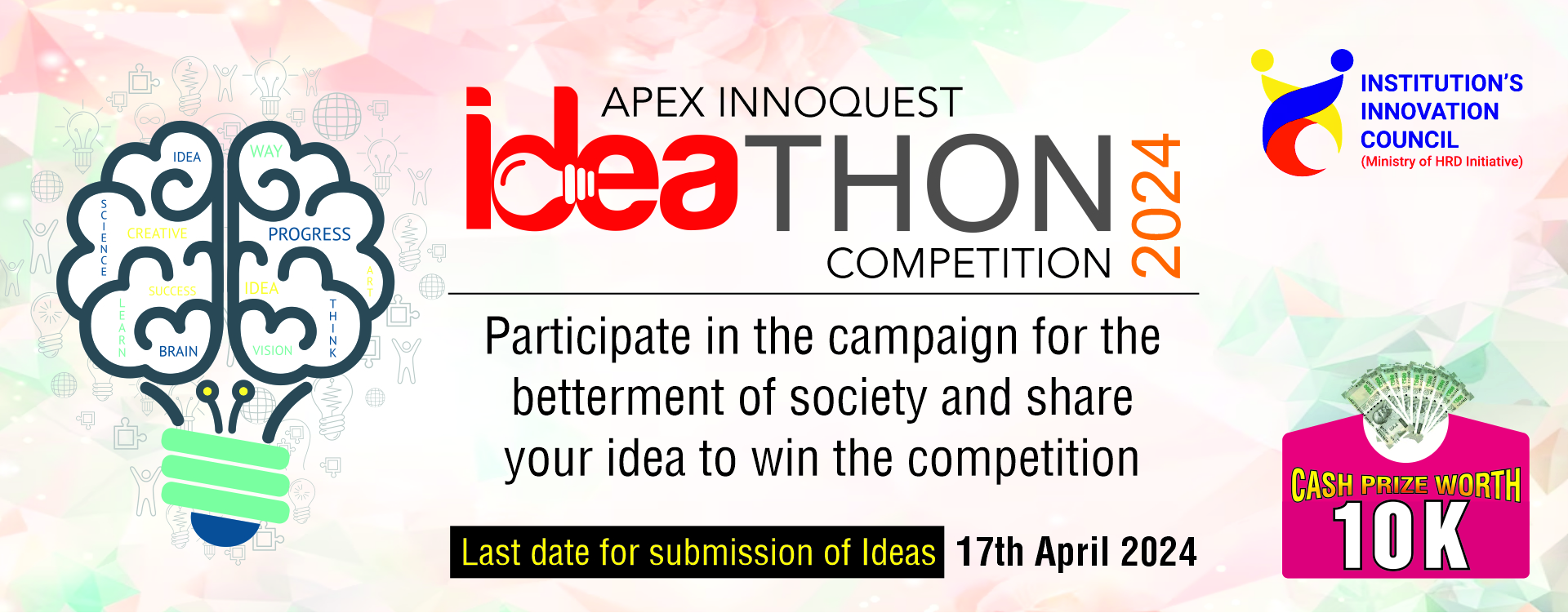
FUNDAMENTAL CONCEPTS OF DIGITAL ELECTRONICS


INTRODUCTION TO DIGITAL ELECTRONICS:
Digital electronics is an area of study, which deals with the digital information manipulation or the circuits which transfer them. In today’s world digital information is represented by two forms: ZERO(off) and ONE(on).
Digital electronics finds variety of applications in real world:
- Digital watches
- Automatic glass doors
- Digital thermometer
- Digital speed display in automobiles
- Calorie tracking devices
- LED displays at various places

TERMINOLOGIES:
1.) BIT: It is the smallest unit of the data in digital electronics.
2.) TOTAL NUMBER OF POSSIBLE COMBINATIONS: The total number of combinations made using n number of bits is: 2n.
For example: If we consider a BIT as a COIN and we take 2 coins representing 2 bits and when we toss them, there are possibilities of 4 different results:
| COIN 1 | COIN 2 |
| T | T |
| T | H |
| H | T |
| H | H |
So in total there are 4 different combinations arising. Now if we replace T with a 0 and H with a 1, then the table will look like as follows:
| BIT 1 | BIT 2 |
| 0 | 0 |
| 0 | 1 |
| 1 | 0 |
| 1 | 1 |
So if there are 2 bits, then total combinations can be 22=4
Similarly if we have 3 bits or 3 coins and we toss them we get the following results:
| COIN 1 | COIN 2 | COIN 3 |
| T | T | T |
| T | T | H |
| T | H | T |
| T | H | H |
| H | T | T |
| H | T | H |
| H | H | T |
| H | H | H |
Now if we replace T with a 0 and H with a 1, then the table will look like as follows:
| BIT 1 | BIT 2 | BIT 3 |
| 0 | 0 | 0 |
| 0 | 0 | 1 |
| 0 | 1 | 0 |
| 0 | 1 | 1 |
| 1 | 0 | 0 |
| 1 | 0 | 1 |
| 1 | 1 | 0 |
| 1 | 1 | 1 |
So if there are 3 bits, then total combinations can be 23=8
The table below shows the total number of combinations for different number of bits:
| NUMBER OF BITS | TOTAL COMBINATIONS |
| 4 | 16 |
| 5 | 32 |
| 6 | 64 |
| 7 | 128 |
| 8 | 256 |
3.) BYTE: It is a basic unit which consists of 8 bits.
| BIT 7 | BIT 6 | BIT 5 | BIT 4 | BIT 3 | BIT 2 | BIT 1 | BIT 0 |
4.) MSB (MOST SIGNIFICANT BIT): The leftmost bit in any number is known as MSB.
It is called as MSB because, the maximum change occurs in the value when we make a change at this bit. Consider a number 367:
- If we change the digit “3” to “5”, then the number becomes 567 and the difference between the old and new value is 200.
- If we change the digit “6” to “0”, then the number becomes 307 and the difference between the old and new value is 60.
- If we change the digit “7” to “0”, then the number becomes 360 and the difference between the old and new value is 7
So we can see that maximum change occurs when we make a change at digit “3” i.e. the left most bit. So the left most bit is known as MOST SIGNIFICANT BIT.
| BIT 7 | BIT 6 | BIT 5 | BIT 4 | BIT 3 | BIT 2 | BIT 1 | BIT 0 |
MSB
NUMBER SYSTEM: It is a way of representing or expressing numbers. There are different types of number systems like decimal number system, binary number system, octal decimal number system, hexadecimal number system.
Decimal Number system: This number system has a base 10 and it contains values from 0 to 9.
Binay Number system: This number system has a base 2 and it contains values 0 and 1.
Octal Number system: This number system has a base 8 and it contains values 0 and 7.
Hexadecimal Number system: This number system has a base 16 and it contains values 0,1,2,3,4,5,6,7,8,A,B,C,D,E,F



